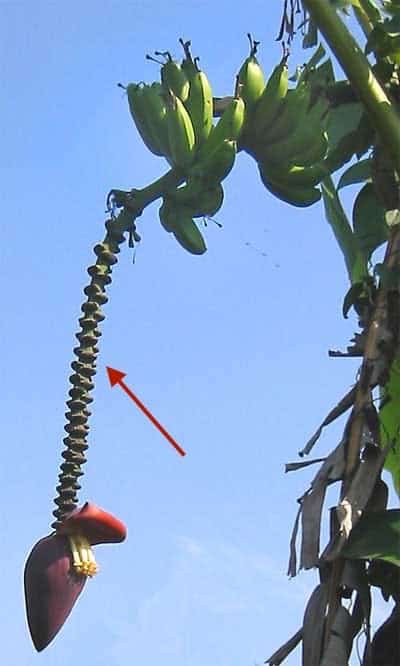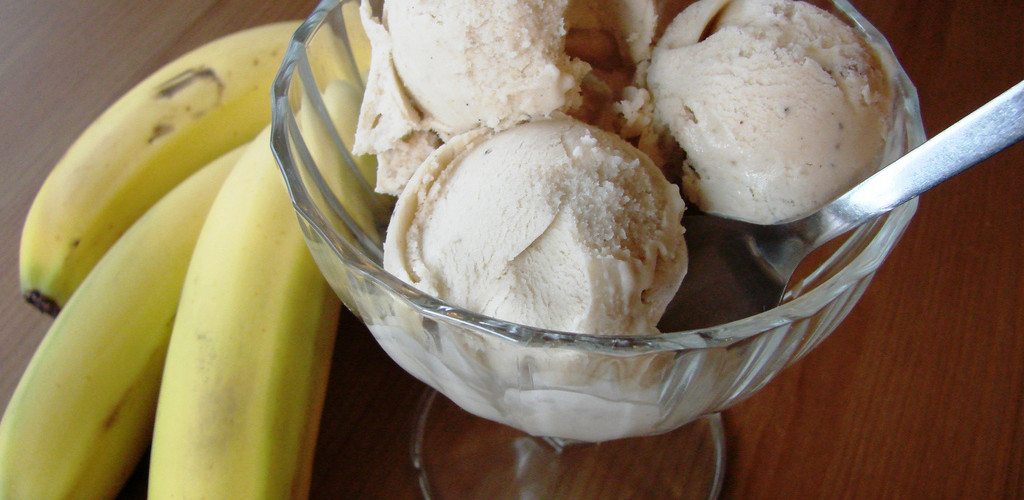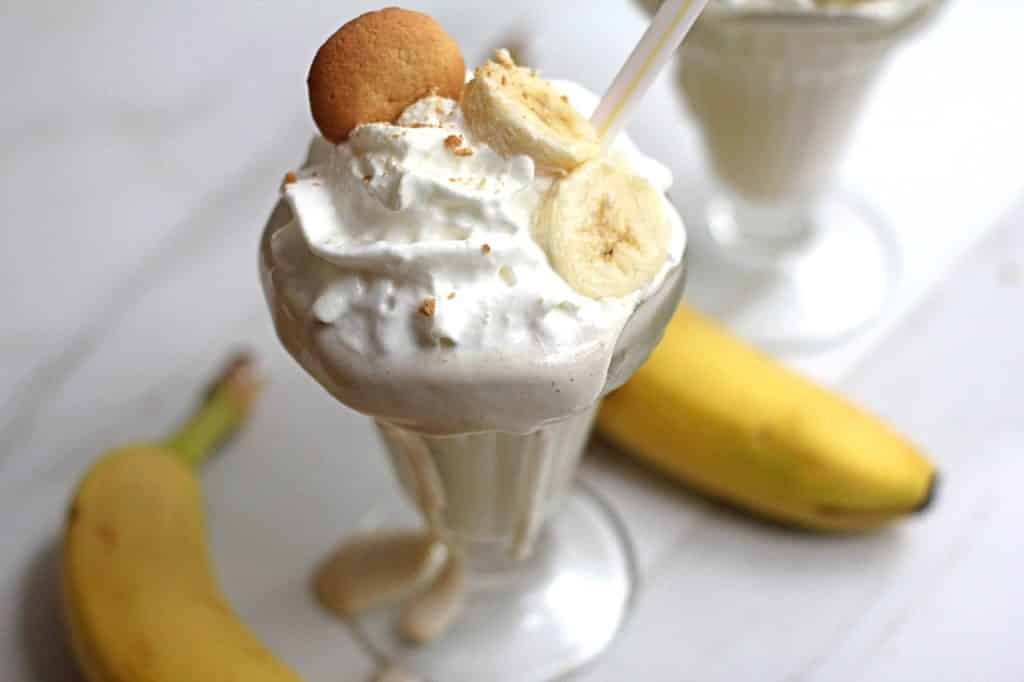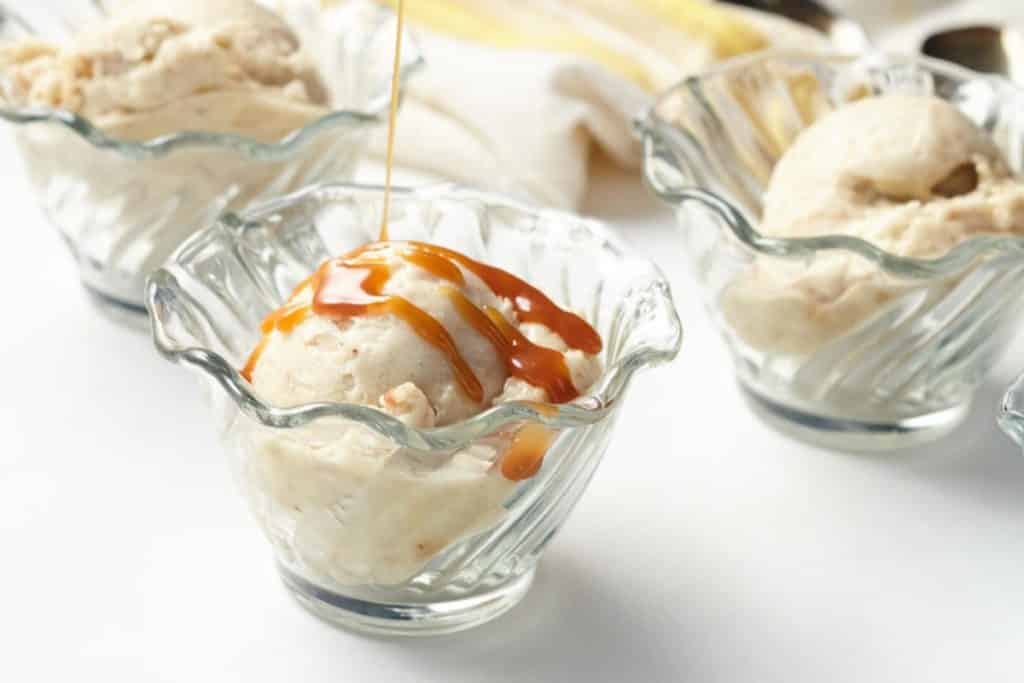Go Bananas with Ice Cream- Scientists Produce No-Melt Ice Creams Using Banana Extract
You’ve clearly been living under a rock if you haven’t heard of banana ice cream- the latest entrant of the burgeoning vegan foodie scene.
Now, in a twist to this new trend, scientists have developed a cool solution to the sticky problem of ice cream dripping. Scientists from Colombia’s Universidad Pontificia Bolivariana, used tiny cellulose fibers extracted from banana plant waste to slow down the melting of ice cream, increasing its shelf life and potentiallyreplace fats used to make the tasty treat.
“Our findings suggest that cellulose nanofibers extracted from banana waste could help improve ice cream in several ways,” Robin Zuluaga Gallego, Ph.D., says. “In particular, the fibers could lead to the development of a thicker and more palatable dessert, which would take longer to melt. As a result, this would allow for a more relaxing and enjoyable experience with the food, especially in warm weather.”
The fibers in question come from the stem of the banana plant. Not the nubbin on the end of a single fruit; rather, the long, woody stalk from which a bunch of bananas grow, which most people don’t encounter often. These stems
— known as rachis — make up a big proportion of waste from banana harvesting. “Once a bunch arrives at the packaging plant, the bunch rachis becomes residual biomass too,” Spanish scientists pointed out in 2016. Zuluaga Gallego’s ice cream fix could kill two birds with one stone, improving ice cream and recycling waste at once.
The team wanted to see if this fibrous material extracted banana fruit stems could be used to slow down melting and extend ice cream‘s shelf life. The researchers first harvested cellulose nanofibrils (CNFs) — particles that are thousands of times smaller than the width of a human hair — from ground-up banana rachis. Then, they mixed various concentrations of CNFs (from zero, used as a control, up to 0.3g/100grams of ice cream) and analyzed how this impacted the end product’s physical properties.
Ice cream mixed with CNFs tended to melt significantly more slowly than traditional compositions, the team reports. They also note than CNFs could extend the shelf life of ice cream products, and decrease their sensitivity to temperature changes as they’re being moved about.
“This suggests that CNFs could help stabilize the fat structure in ice creams. As a result, CNFs could potentially replace some of the fats — and perhaps reduce calories — in these desserts,” said co-author Dr. Velásquez Cock, also from the Universidad Pontificia Bolivariana.
Moving forward, the scientists plan to explore how different types of fat, such as coconut oil and milk fat, affect the behavior of CNFs in other frozen treats.
































